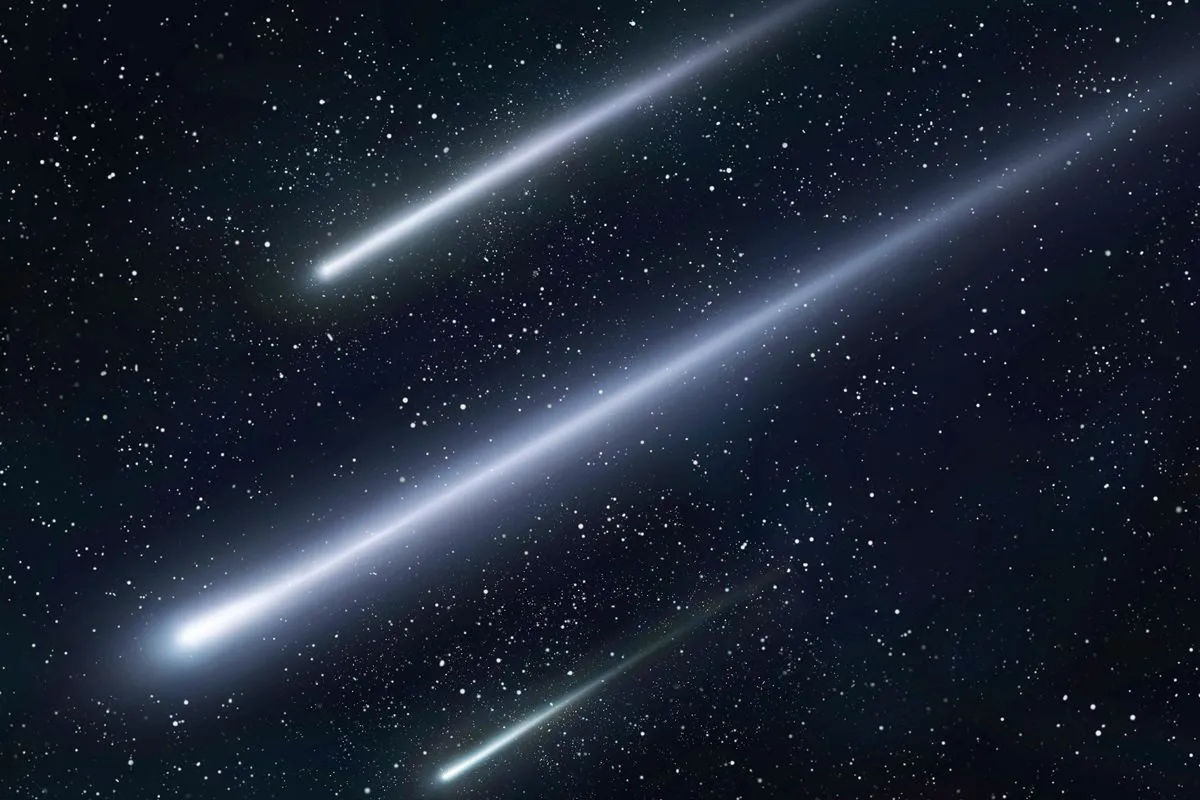It’s that period of summer to monitor the most predicted meteor showers of the year: the spectacular exhibition understood as the Perseids.
Streams of light and shade will journey across the sky while eruptions of fireballs remain, leaving back even more colorful lines than the meteor trails from the Perseids departing through the ambiance.
Observable yearly from mid-July to September 1. The Perseid meteor storm is assigned to peak between Sunday and before sunrise Monday. Up to 100 meters are desired per hour, driving at a pace of 133,200 miles per hour.
Bill Cooke, who is the director of NASA’s Meteoroid Environment Office. Says that Perseids are one of the best things to watch. It’s “the most things to capture.” Cooke said.
Unusually brilliant meteors, fireballs can reach 1 meter (3.3 feet) in diameter and are more optimistic than Venus. According to NASA and Cooke.
These luminaries are “more brilliant than any star or world in the sky.” Declared Robert Lunsford, the fireball information coordinator for the American Meteor Society. Like human-made fireworks, stars “tend to exit persistent lines in the sky that will examine like smoke and gradually disperse over a few seconds behind the meteor has reached,” Lunsford said.
During the height of the shower, the moon will be 50% enlightened and will set near midnight — perfect conditions for meteor observation with dark skies countering with the orbs of light.
“Meteor showers are running all the time, but also, they’re so weak. Most individuals wouldn’t even detect they’re occurring,” Cooke displayed.
Meteor Showers – How to View the Perseids
NASA’s Cooke suggests four tips for great viewing. You don’t require tools such as binoculars or telescopes. But discover the dimmest sky you can without straw breakdown. If you can, lie lying on your rear and look directly up, bringing in as much sky as potential. Give your looks 30 to 45 minutes to adjust to the darkness. “It is said that speaking on a cell phone can ruin the vision in the evening, Cooke stated.
Lunsford indicated bringing a comfy chair so you can lie around and enjoy the surroundings. Bringing in as much atmosphere as you view. Bypassing sources of sunshine in your viewing area will allow you to visit more meteors since most of them are light.
It will be great to see the showers at 2 a.m. because the head will be elevated and give a stunning view, both professionals said.
Any sky-gazer can visit the rain in the Northern Hemisphere. While “the maximum (peak) will be subsequently so the most suitable place to see (it) is in the center of the Pacific Ocean, Hawaii,” Lunsford spoke. The Perseids are not observable in Antarctica.
“So they’re suitable sufficiently to be inserted into a song (and) so that’s fair enough justification for me to go outdoors.”




